This article was published as a part of the Data Science Blogathon.
Introduction

The internet has seen major advancements in recent years. The introduction of Web 2.0 was a big step ahead with the help of chatbots, audiobooks, and video sharing as they proved to open up new avenues even before we took our first footprints in this technology. But, what is Web 3.0? What are the pros and cons? Find out all about Web 3.0, the next generation of the internet that is taking place right now!
Basics about Web 2.0
The main difference between Web 1.0 and Web 2.0 is user involvement. Web 1.0 was all about static content where users could only view and consume information. Web 2.0, on the other hand, is all about interactivity and collaboration.
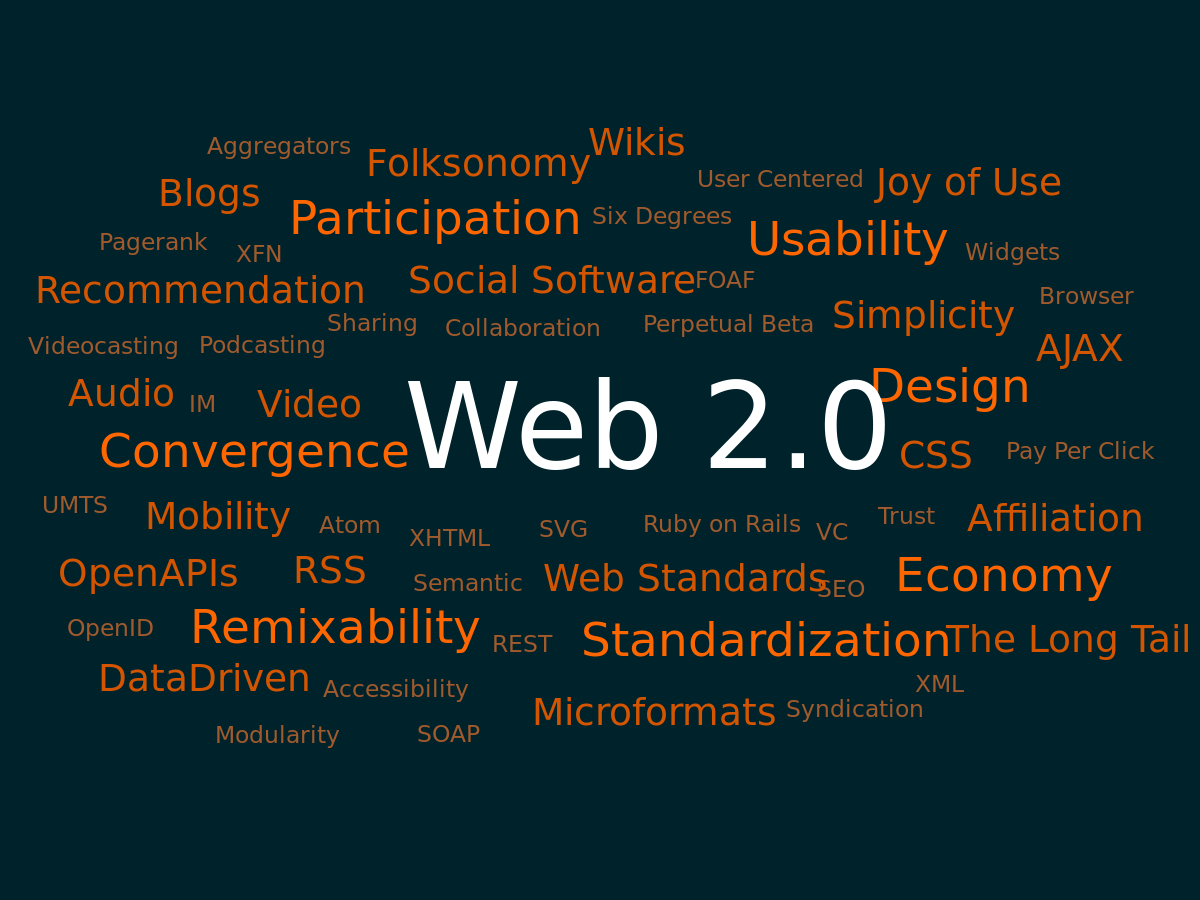
Web 2.0 platforms such as social networking sites, blogs, and wikis allow users to create and share content. These platforms also make it easy for users to connect and interact with each other.
One of the key features of Web 2.0 is that it allows users to create content that is not only accessible to everyone but also easy to find and use. This is made possible by tagging and searches which make it easy for users to find the content they are looking for.
What is Web3.0?
Web3.0 is the third generation of the World Wide Web, and it represents a major shift in how the internet is used. Unlike previous generations, which were focused on information retrieval and communication, Web3.0 is all about enabling users to interact with data and applications in a more meaningful way.
Web3.0 applications are designed to be more user-friendly and interactive than their predecessors. They put the user at the centre of the experience, and they make use of the latest technologies like Artificial Intelligence (AI), Virtual Reality (VR), and Augmented Reality (AR).
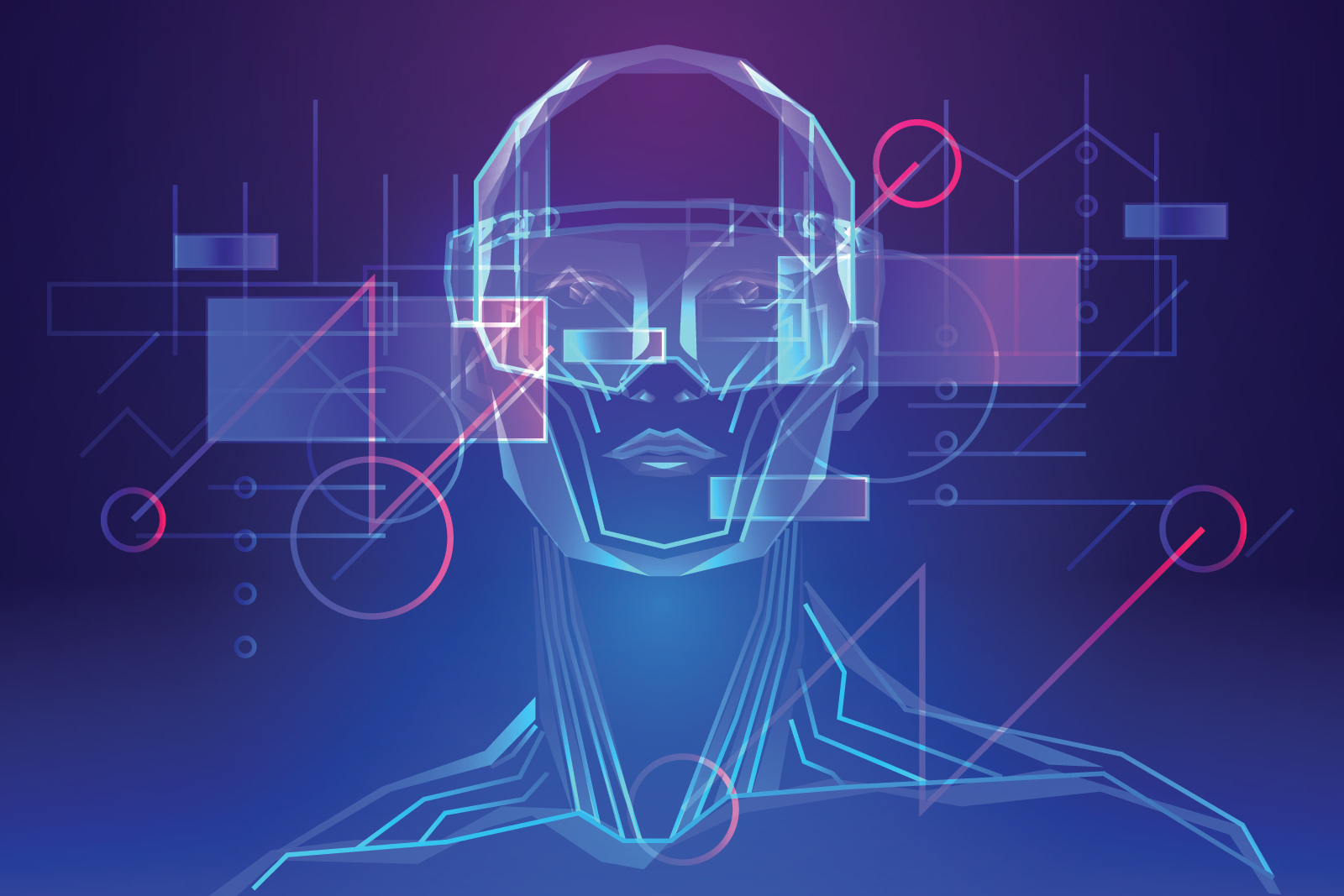
Some of the most popular Web3.0 applications include social media networks, e-commerce platforms, and cloud-based services. These applications are designed to make it easier for users to find and share information, and to connect with others.
Web3.0 is still in its early stages, but it has already made a big impact on the way we use the internet. In the future, we can expect even more innovative and user-friendly applications to emerge as Web3.0 technology continues to evolve.
Future of Web 3.0
The debate of whether web 3.0 is the future of the internet or not has been going on for a while now. While there are those who believe that web 3.0 is the next big thing, there are also those who think that it is nothing more than hype. So, what exactly is web 3.0 and what does it entail?
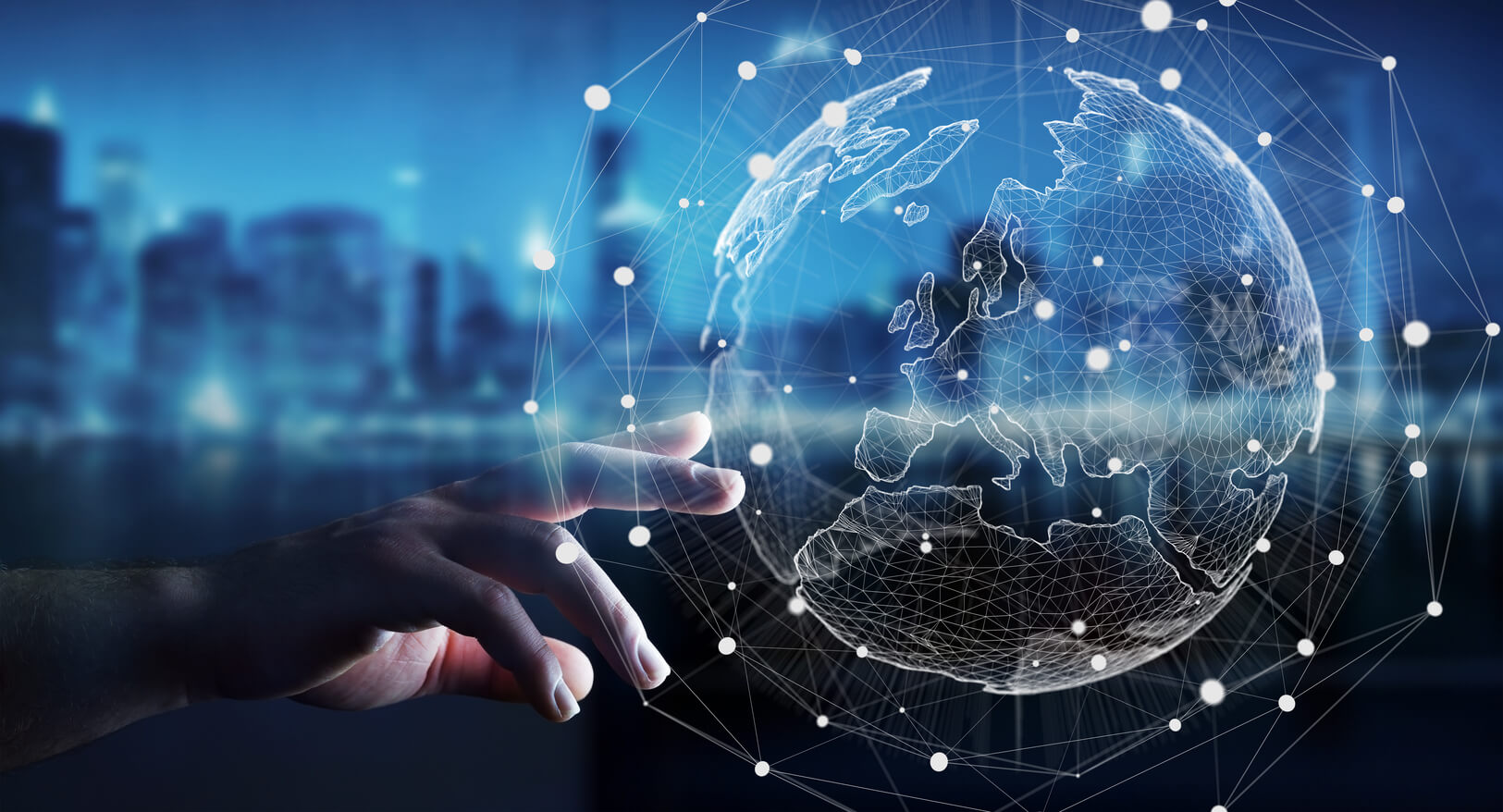
Web 3.0 is basically the next stage of the internet where information is not only stored digitally but can also be interconnected. This means that instead of having separate websites for different topics, everything will be connected and interlinked.
For example, if you are looking for information on a certain topic, you will be able to access it from multiple sources instead of just one.
There are many other aspects to web 3.0 but these are the most important ones. Now, whether web 3.0 is the future of the internet or not, remains to be seen. Only time will tell!
Differences Between web 2.0 & web 3.0
There is a big debate raging on about the differences between Web 2.0 and 3.0. Some people believe that 3.0 is simply an extension of 2.0, while others believe that it is a completely new way of using the internet. So, what exactly is the difference?
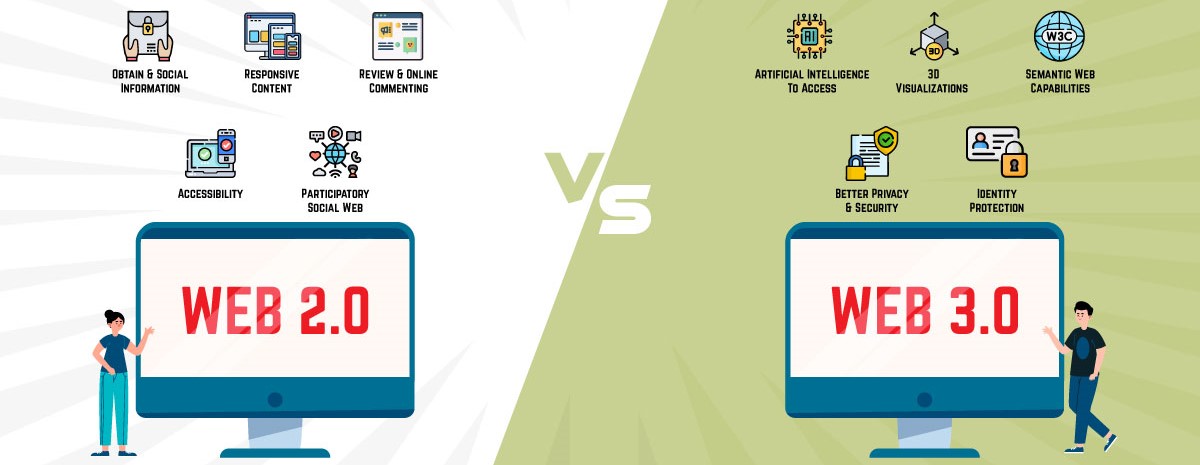
Web 2.0 was all about user-generated content and collaboration. Sites like MySpace and Facebook were created, where users could post their own thoughts and feelings, as well as communicate with friends easily. This was a big shift from the static pages of 1.0, and it opened up a whole new world of possibilities.
However, some people believe that Web 2.0 has become too commercialized and cluttered. There are now so many ads and sponsored links that it can be hard to find the information you’re looking for. In addition, social media sites have become increasingly important in our lives, to the point where some people feel they are addicted to them!
This is where Web 3.0 comes in. It is supposed to be a more personalized experience, where you can find the exact information you’re looking for without all the clutter. In addition, it is supposed to be more secure, and insightful than Web 2.0.
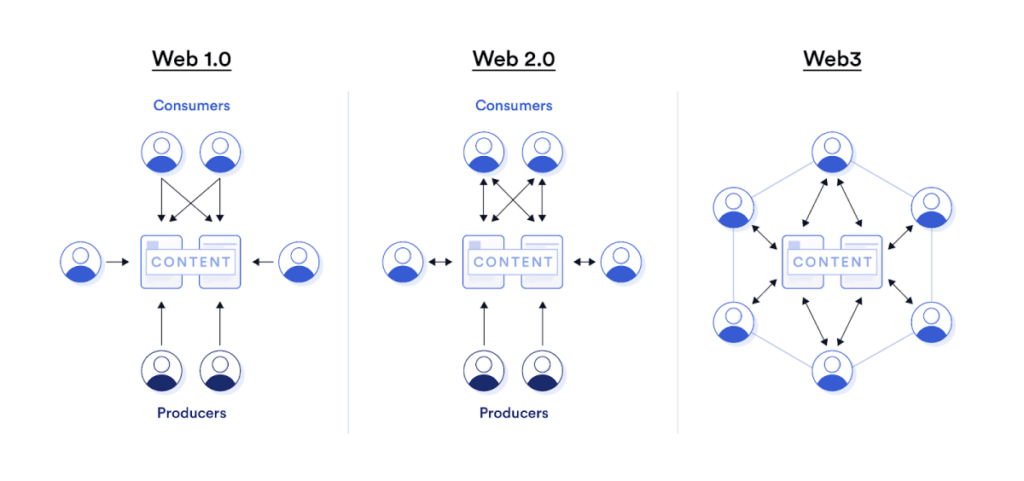
The battle of the generations continues even in technology. The same goes for web services and their associated platforms. In this case, it’s a fight between web 2.0 and web 3.0 – what’s the difference?
As technology continuously develops, it’s important to be up-to-date with the latest innovations. This way, you can keep up with the trend and use the best platforms for your website or blog.
Nowadays, there are two types of web services – web 2.0 and web 3.0. But what exactly is the difference between the two?
Web 2.0 is a platform that enables users to interact and collaborate with each other. It focuses on user-generated content, social media, and microblogging. On the other hand, web 3.0 is a platform that emphasizes on machine-to-machine communication and data integration.
When it comes to features, web 2.0 has multi-purpose applications while web 3.0 has more specific ones. Web 2.0 is also more user-friendly because it doesn’t require any technical skills to use its features; whereas, some of web 3.0 applications require. But on the other hand Web 3.0 is more advance as it gives far more opportunities to grow as a Digital Marketer.
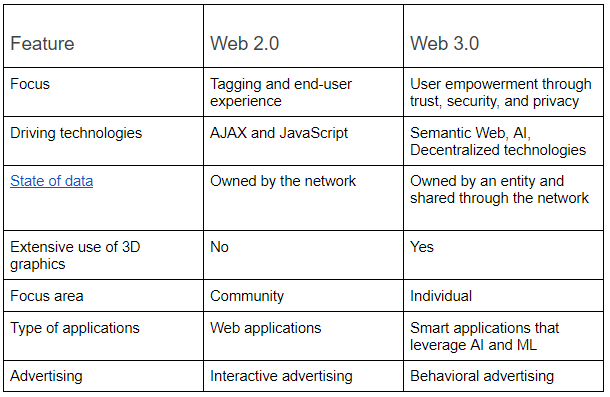
CONCLUSION – Reasons for the Rise in Web 3.0 Adoption
In recent years, there has been a rise in the adoption of Web 3.0 technologies. There are a number of reasons for this, including the fact that Web 3.0 is more user-friendly and efficient than older versions of the web.
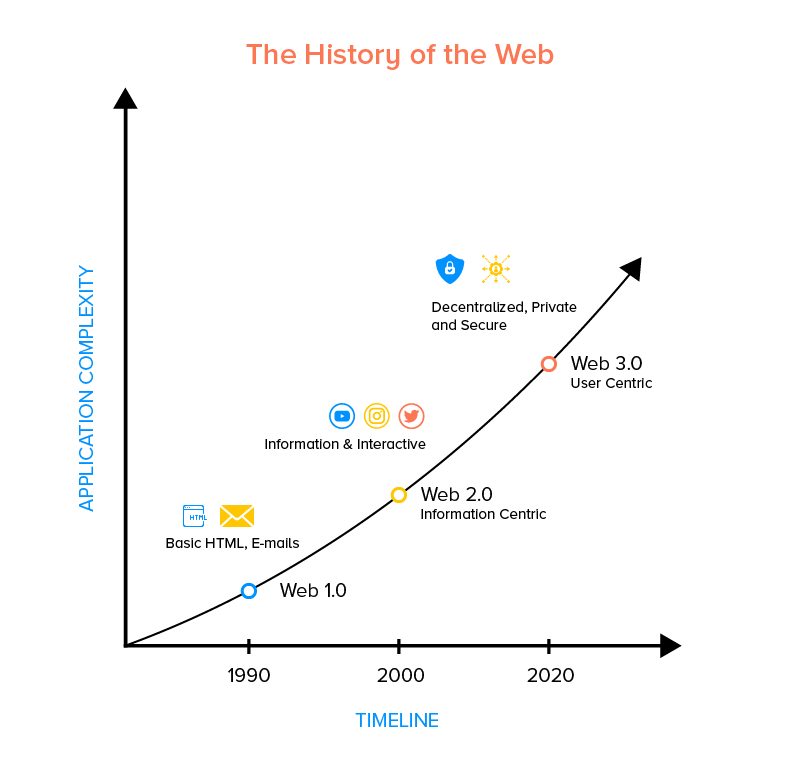
Web 3.0 is the third generation of the World Wide Web, and it is based on the principles of the Semantic Web. The semantic Web is a system that allows computers to understand the meaning of information on the web.
One of the biggest advantages of Web 3.0 is that it is more user-friendly. Older versions of the web were designed for machines, not humans. This made them difficult to use and understand.
Web 3.0, on the other hand, was designed for human users. It is easier to use and navigate, and it provides a more natural user experience.
Another reason for the rise in Web 3.0 adoption is that it is more efficient than older versions of the web. With Web 3.0, you can do more with less data. This means that websites can load faster and use less bandwidth.
Conclusion
Web3.0 is a more user-friendly and efficient way to browse the internet. Here are some key takeaways:
# Introduction of Web 2.0 was a big step ahead with the help of chatbots, audiobooks, and video sharing
# Main difference between Web 1.0 and Web 2.0 is the user involvement.
# Web 1.0 was all about static content where users could only view and consume information.
# Web 2.0, is all about interactivity and collaboration.
# Web 3.0 applications are designed to be more user-friendly and interactive than their predecessors.
# Centre of the experience and they make use of the latest technologies like Artificial Intelligence (AI), Virtual Reality (VR), and Augmented Reality (AR).
# Web 3.0 is basically the next stage of the internet where information is not only be stored digitally but can also be interconnected.
# Web 3.0 is the future of the internet.
# Web 2.0 was all about user-generated content and collaboration.
# In Web 3.0 you can find the exact information you’re looking for without all the clutter.
# Web 3.0 is that it is more user-friendly
Connect with me via LinkedIn.
The media shown in this article is not owned by Analytics Vidhya and is used at the Author’s discretion.





